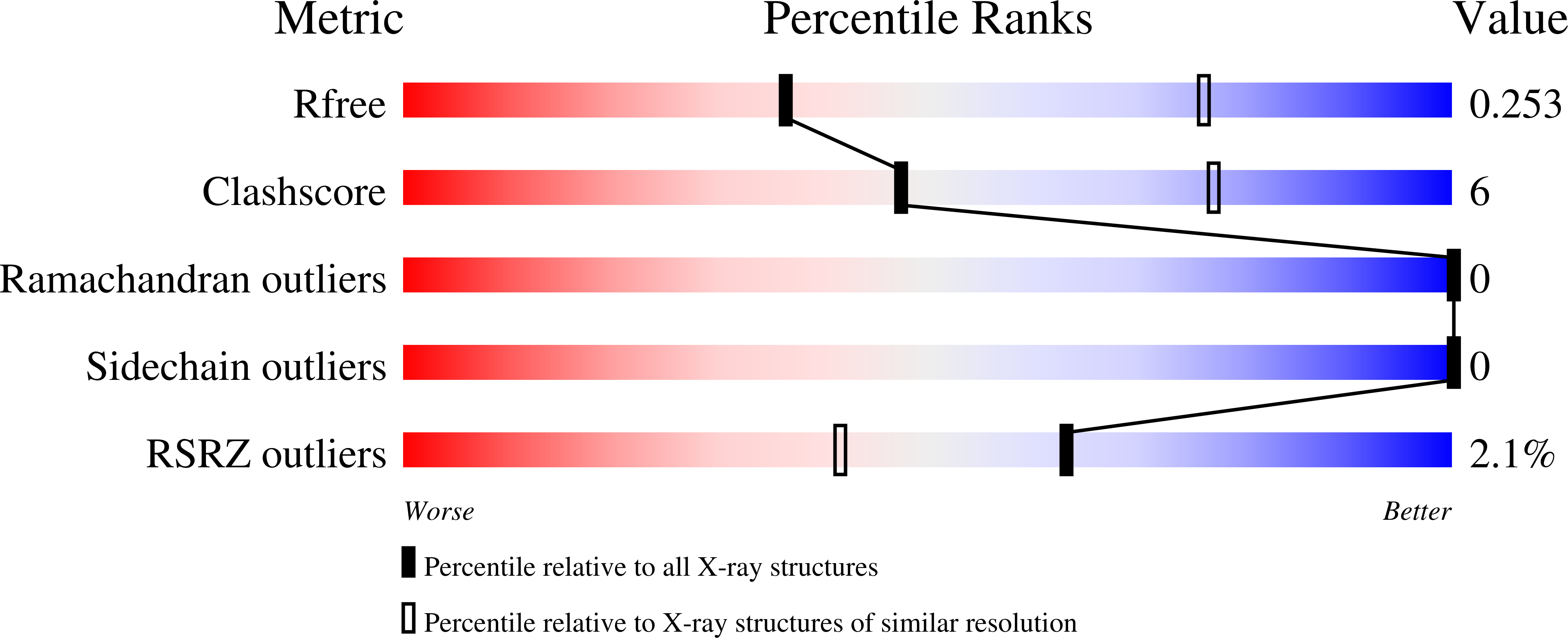
Deposition Date
2024-07-18
Release Date
2025-06-25
Last Version Date
2025-08-06
Entry Detail
PDB ID:
9CPS
Keywords:
Title:
Crystal structure of SARS-CoV-2 receptor binding domain in complex with antibodies M22-91 and CC12.3
Biological Source:
Source Organism:
Severe acute respiratory syndrome coronavirus 2 (Taxon ID: 2697049)
Homo sapiens (Taxon ID: 9606)
Mus musculus (Taxon ID: 10090)
Homo sapiens (Taxon ID: 9606)
Mus musculus (Taxon ID: 10090)
Host Organism:
Method Details:
Experimental Method:
Resolution:
3.03 Å
R-Value Free:
0.25
R-Value Work:
0.21
R-Value Observed:
0.21
Space Group:
P 1 21 1


